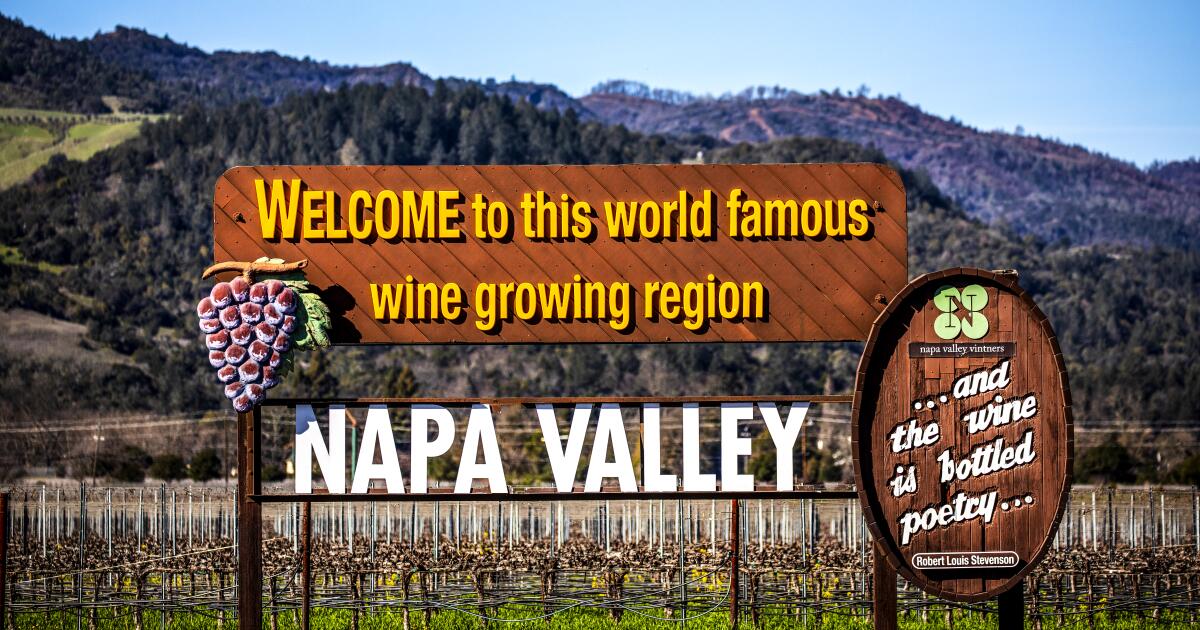Warren Winiarski, whose 1973 Stag’s Leap Wine Cellars Cabernet Sauvignon turned the wine world upside down by winning the famous ”Judgment of Paris” tasting in 1976, has died at the age of 95.
Winiarski was a liberal arts lecturer at the University of Chicago when his wine interest bloomed into an obsession. This coincided with the emergence of the Napa Valley as a source for fine wine, and Winiarski headed west to join the movement.
He became the first winemaker hired at Robert Mondavi Winery in 1966, and by 1970 had purchased a former prune ranch on the east side of Napa Valley where he planted the grapes that would make that legendary Cabernet just a few short years later.
In May 1976, the owner of a Parisian wine shop and his partner staged a wine tasting for French wine experts. The blind tasting, held in Paris, pitted upstart California wineries against the well-known French domaines, and the results sent shock waves through the wine world: The California bottles received the highest scores. The tasting became known as the Judgment of Paris, and it secured California wines’ place on the world stage.
Winiarski’s intellectual thirst and genteel nature were the stuff of legend, as was his commitment to the protection of Napa Valley from encroaching suburban sprawl. He was instrumental in creating the Napa Valley Agricultural Preserve in 1968, a pioneering land-zoning ordinance preventing overdevelopment in the area.
Warren Winiarski, left, then a wine consultant, and Stephan Ivancie, right, pour grapes from Napa County into a hopper at Ivancie Winery in October 1970.
(Denver Post via Getty Images)
Winiarski shepherded many aspiring winemakers who would become pillars of the California wine community. Abe Schoener, proprietor and winemaker of Los Angeles River Wine Co., would benefit from this altruism, receiving his first industry internship from Winiarski in 1999.
He was immediately struck by the culture at Stag’s Leap Wine Cellars. This was “expressed in the level of thoughtfulness and intelligent articulation brought to every decision. Warren was adamant that the people who worked at Stag’s Leap were a single community, with a radiance of respect flowing in all directions, and a sense that you were part of a rational order, aimed at the best possible results,” Schoener told The Times via email.
Opus One winemaker Michael Silacci made wine with Winiarski from 1995 to 2001. “He left no stone unturned when dreaming, planning and executing any tasks,” Silacci told The Times via email. “Warren had a clear sense of focus on his land, trees, plants, teams. He mentored people by giving them life-fulfilling opportunities to grow.”
Winiarski sold Stag’s Leap Wine Cellars in 2007 but continued growing grapes at his Arcadia Vineyards. Ever the pioneer, he was the first major winemaker to recognize the potential of the Coombsville appellation in the southeast part of Napa Valley when he purchased that land in 1996. Winiarski placed that entire property into the land trust of Napa County, so in perpetuity it will remain undeveloped.
Long before the value of a wine was determined by a journalist’s point score or an auction gavel, Stag’s Leap Wine Cellars was an implicit benchmark for California Cabernet Sauvignon and a beacon for the Napa Valley. These were wines of beguiling expression that did not rely on sheer power and extract for attention. They truly spoke of the place they came from in a way that is rare today.
David Rosoff is a wine expert and writer who has overseen the wine programs at several restaurants across Los Angeles.





